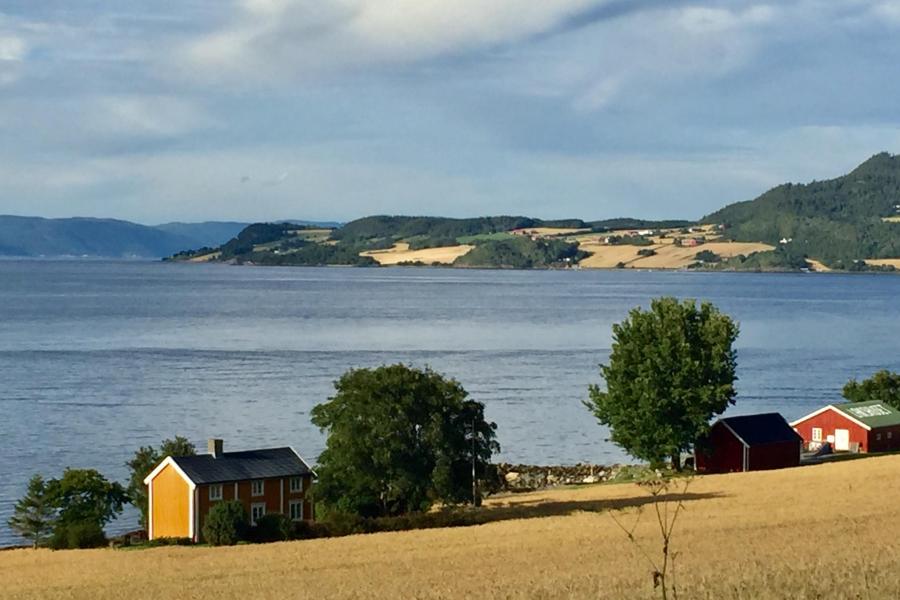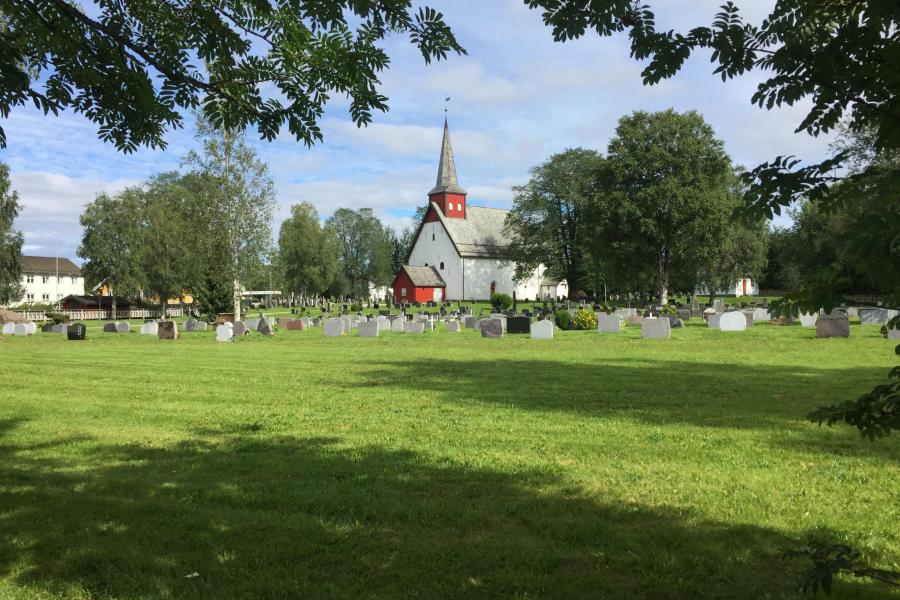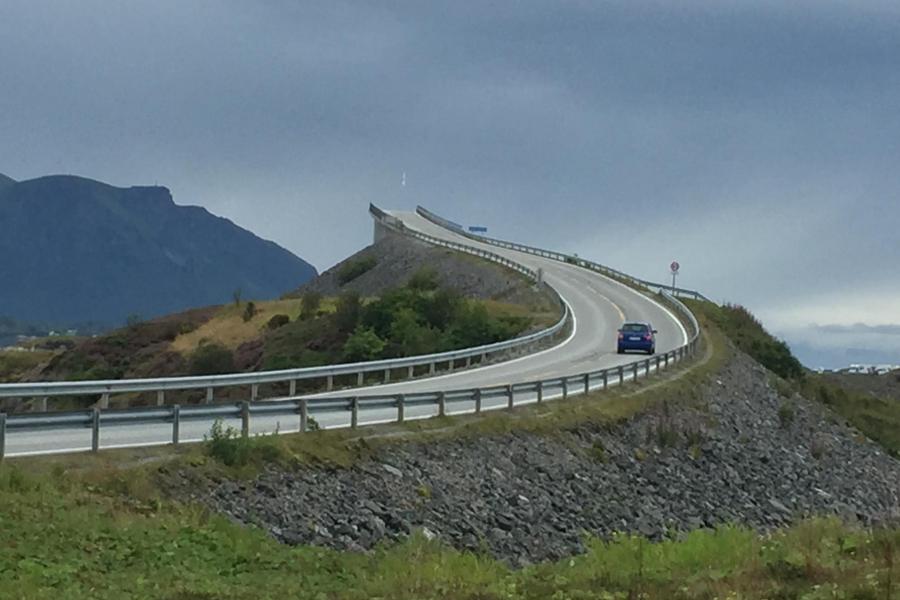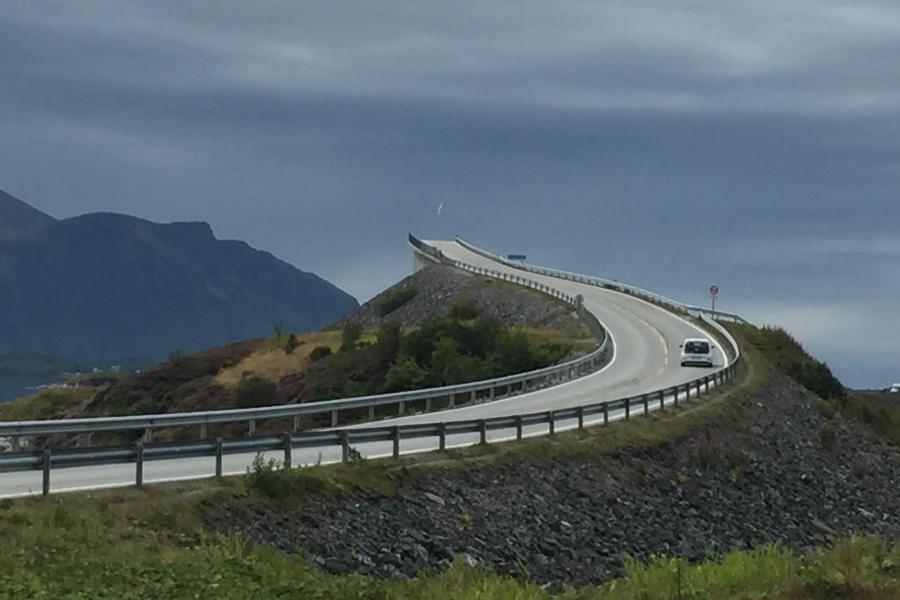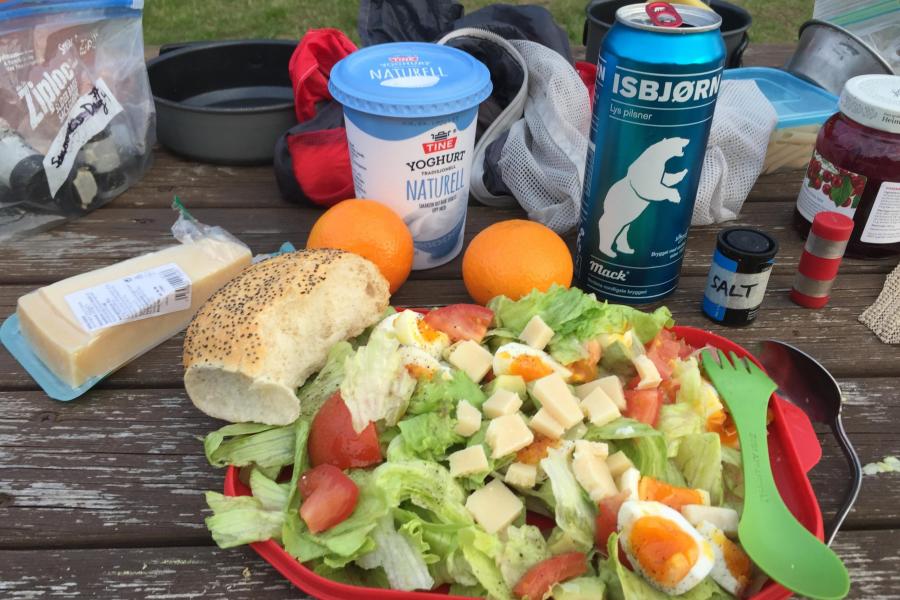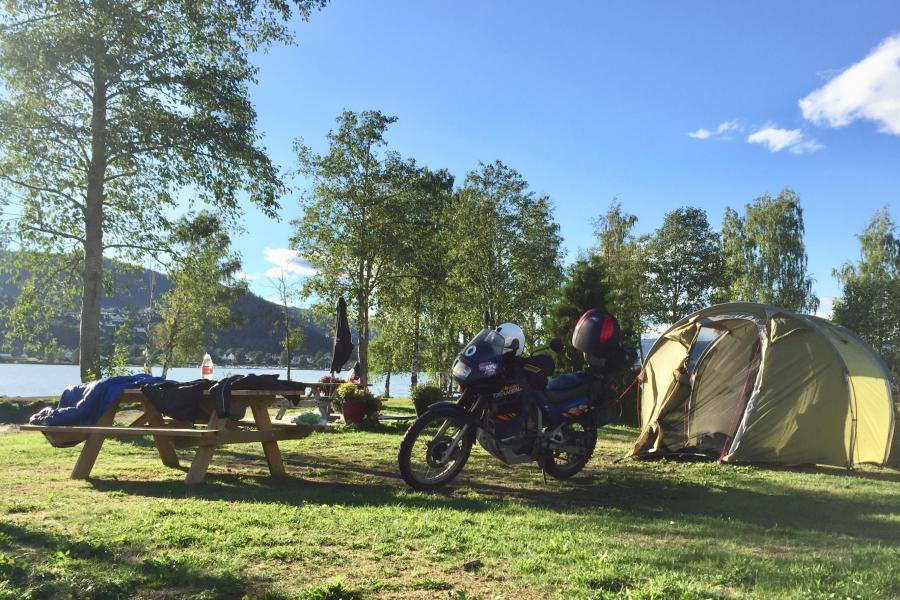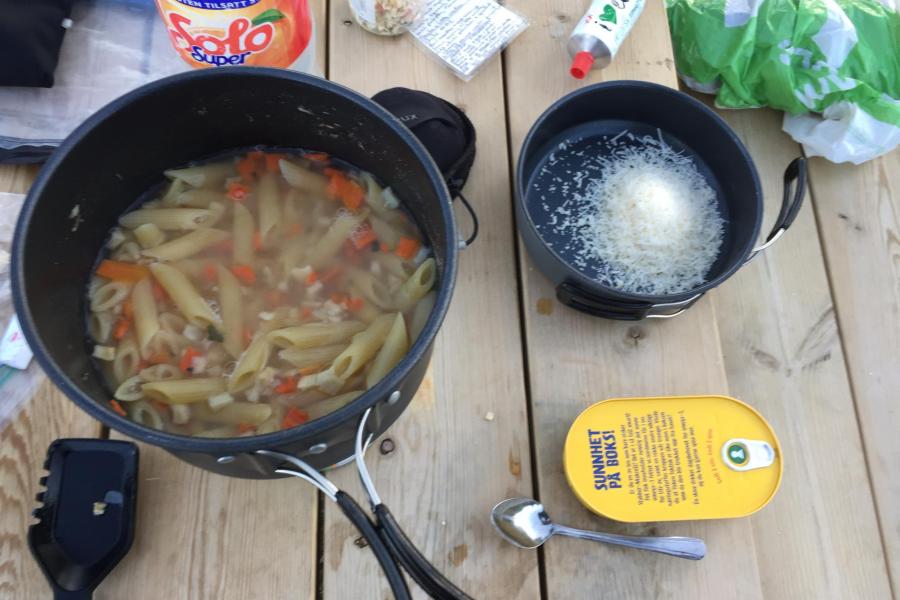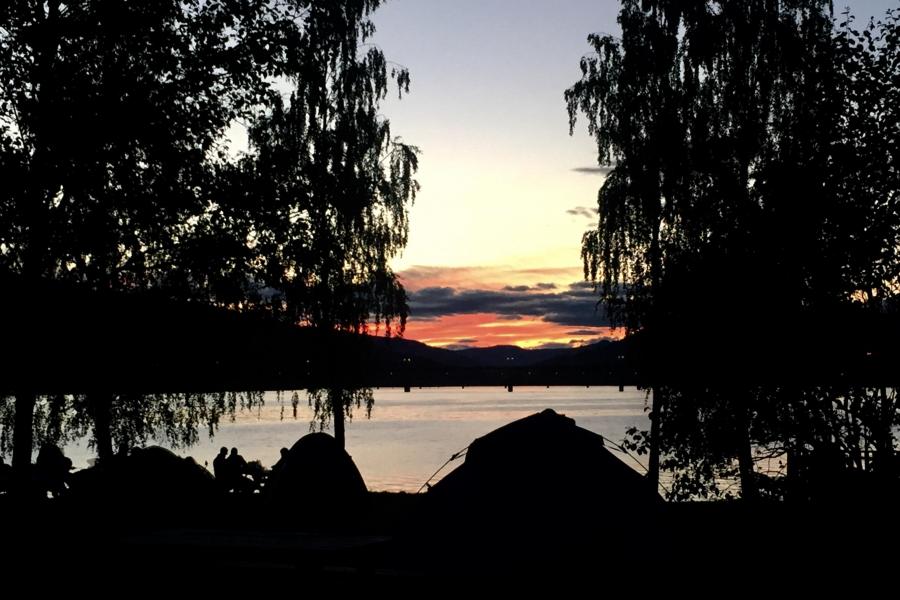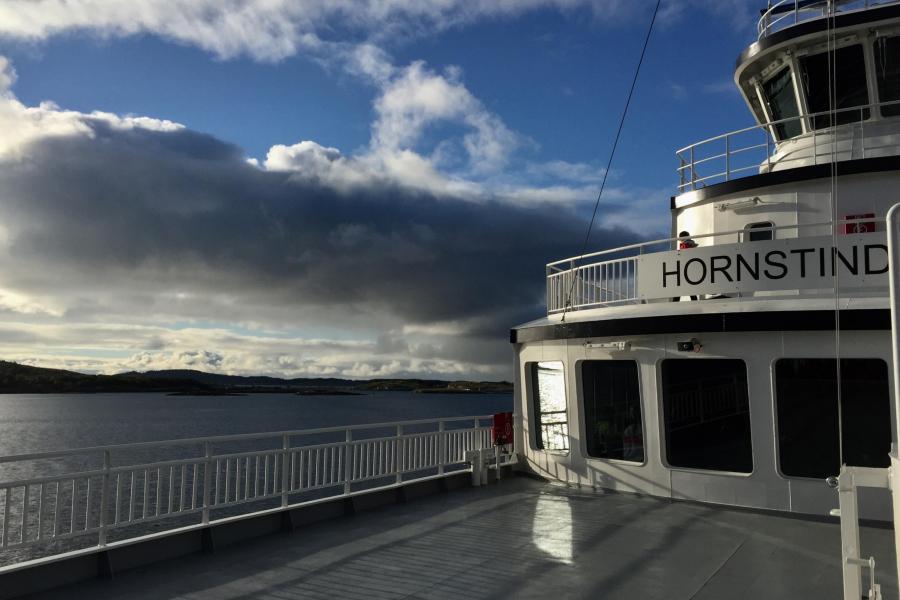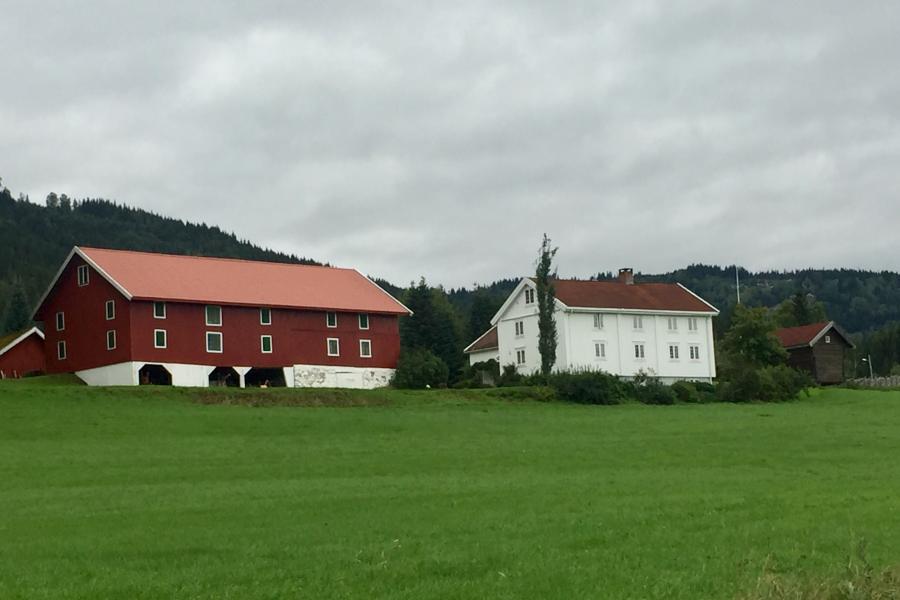The Bridge to Nowhere
Country
Gee, it’s drizzling again. Day 20 since leaving Kaunas and I’ve gotten to putting on my rain gear before even loading the bike.
Like usual, the weather teased me with outbursts of sunshine, wet roads and blue skies to remind me I was getting a break— it had rained BEFORE I passed through, and sudden windy horizontal rain. I marveled that Norwegian fisherman work out here in January when the commercial fishing season starts. Someone even told me most of the workers on the fishing boats came every winter from Lithuania. I’ll pass on that.
Norway has very good roads. They are known for their video surveillance speed enforcement and most Europeans have learned from experience that a vacation in Norway usually involves an invoice four weeks later from the police. This may be how they keep the roads in such good condition. They also have a series of “National Tourist Roads” which are smaller byways designed to make a road trip to Norway something more than barreling down the expressway. Few motorcyclists can go wrong building a route linking National Tourist Roads. Even the RV’s on these roads seem to buy into the friendly idea of pulling a bit to the right to let bikes overtake.
On my agenda was the National Tourist Road called the Atlantic Ocean Road. Motorcyclists come to the U.S. and want to ride Rte 66– a dream most knowledgeable Americans can’t understand. Visitors to Norway want to cross the Atlantic Ocean Road. Norway loves to promote it but the tourists came there first. The route was proposed as a railway line more than 100 years ago but the 10 km-long project only opened in 1989 as a roadway. It is considered a “cultural heritage site” and a major tourist attraction. The tolls that financed a lot of its construction were removed after 10 years because unexpected tourist traffic had resulted in the bond being paid off.
The Atlantic Ocean Road is a series of causeways, viaducts and 8 bridges linking a string of islands in an unsheltered part of the Norwegian Sea. The most prominent bridge is the Storseisundet, a cantilever bridge, often used as the backdrop for automobile commercials, usually in harsh weather. It does make for a great photo but when you ride it...well, it’s just a bridge. I knew that heading there but still wanted to see such an iconic site. It was worth it.
Moving further east and south over the mountains, fishing gave way to farming and the spreads looked larger and more substantial. Fewer sheep and increasing numbers of cattle and there were quite a few horse farms. Hay and wheat were the most recognizable field crops to me, and during sunny weather the vistas were idyllic. Rest stops along the road often had lavatories prominently marked with large blue and white “WC” signs. They rarely forbade camping and it was not unusual to see a couple of modern-day VW camper vans or the ubiquitous Fiat or Renault-powered mini “Class C” rigs. Bicyclists pitched tents and the occasional motorcyclist was not unusual. Everyone was scrupulously clean, despite the almost universal lack of trash containers. I was carrying an old 1 ½-liter Fanta bottle full of water, some staples like rice, couscous, oatmeal and spices. A tasty dinner was often something like rice, sausage, grated cheese and tomato paste or…ramen! The supermarkets were quite small— often resembling convenience stores. But they typically were well stocked with fresh meat and fish as well as staples. Vegetables were pricey but available, usually individually wrapped in cellophane. Along the sea, fresh smoked salmon was about $5 for a 2-person portion. Cod and trout were less. The only real bargains in Norway. Washed down with a shot of Jaegermeister from my metal flask, I always felt well-fed and never like I was depriving myself of much. I had to wash my own pots and pans though..

